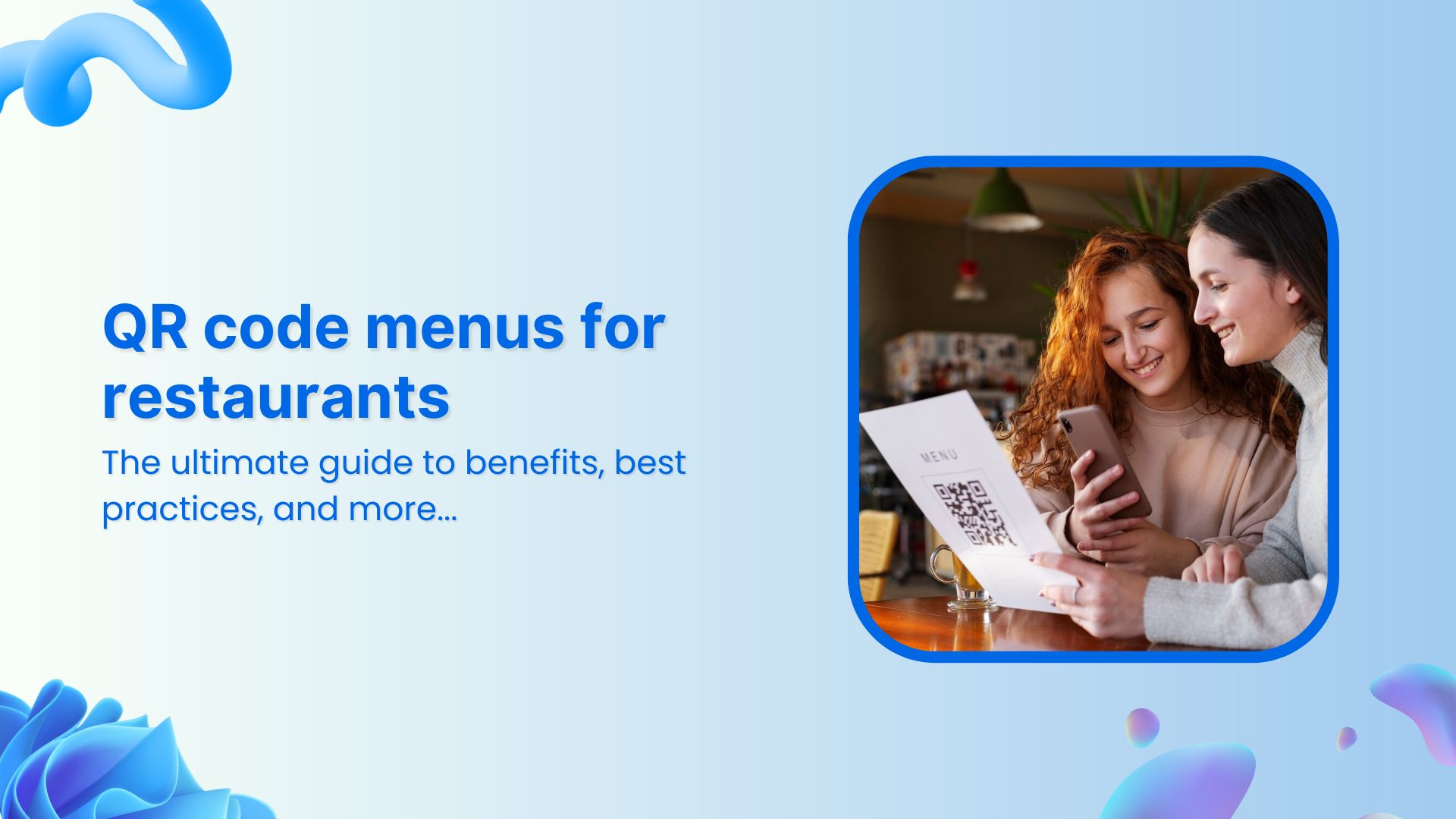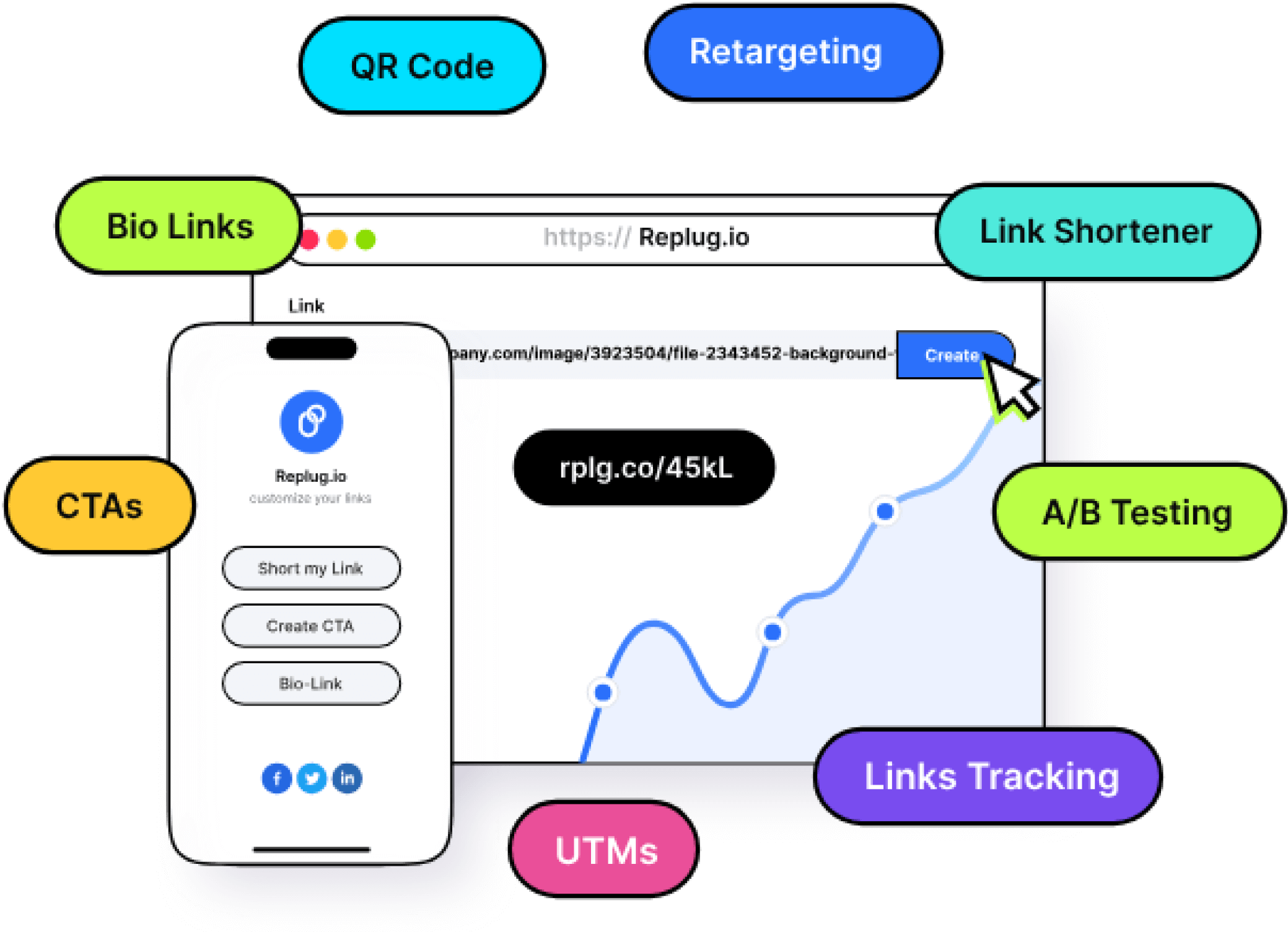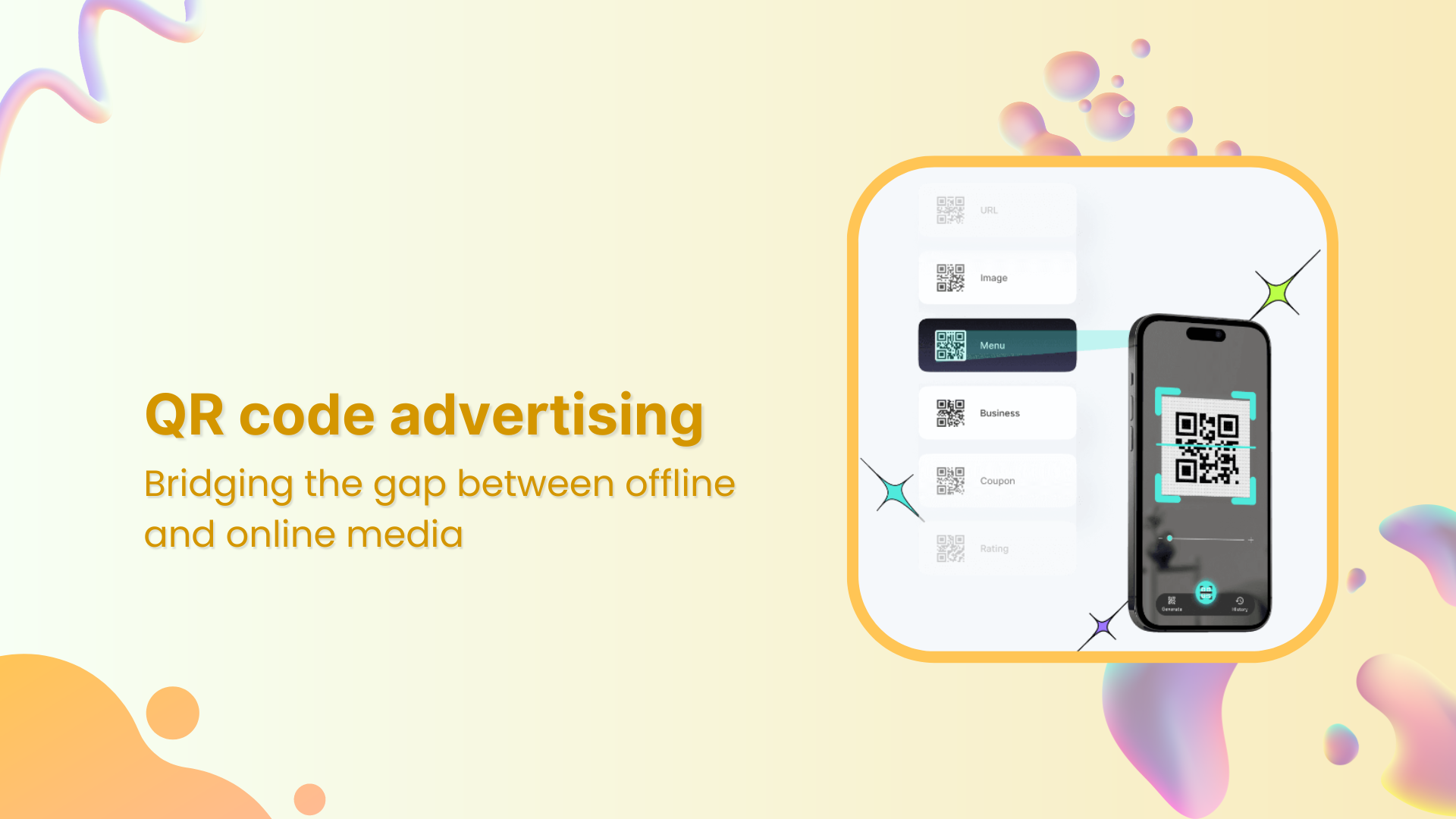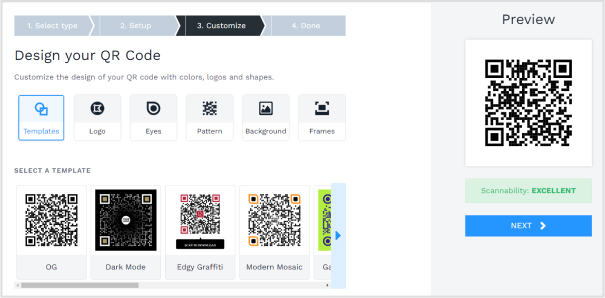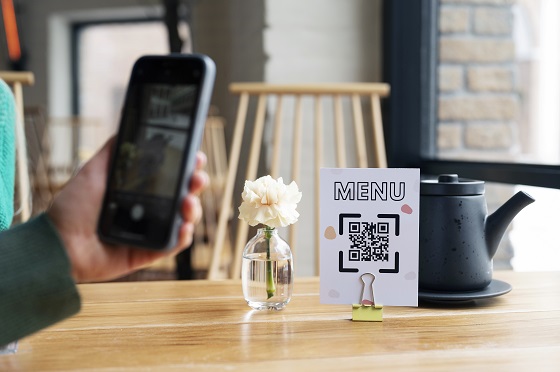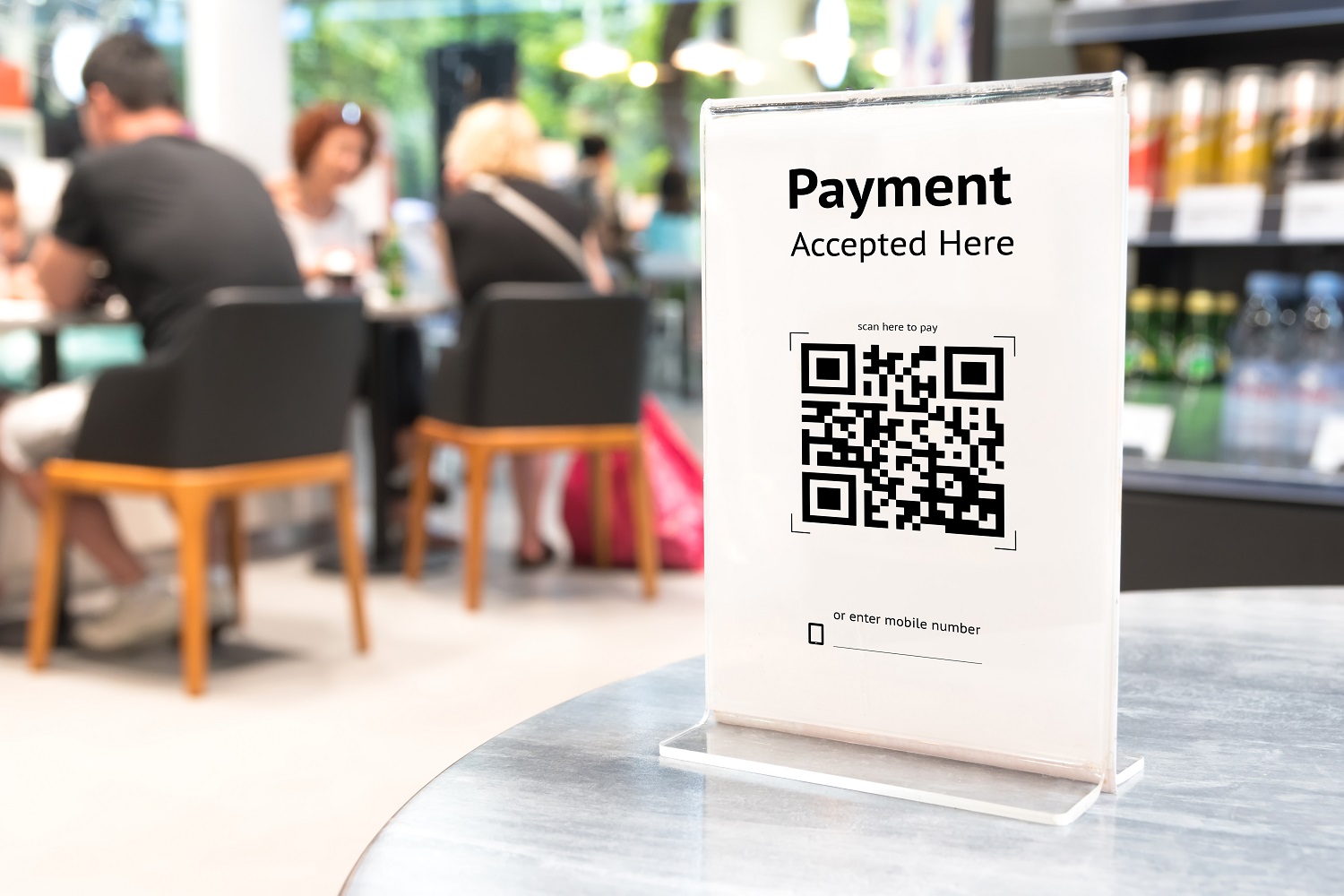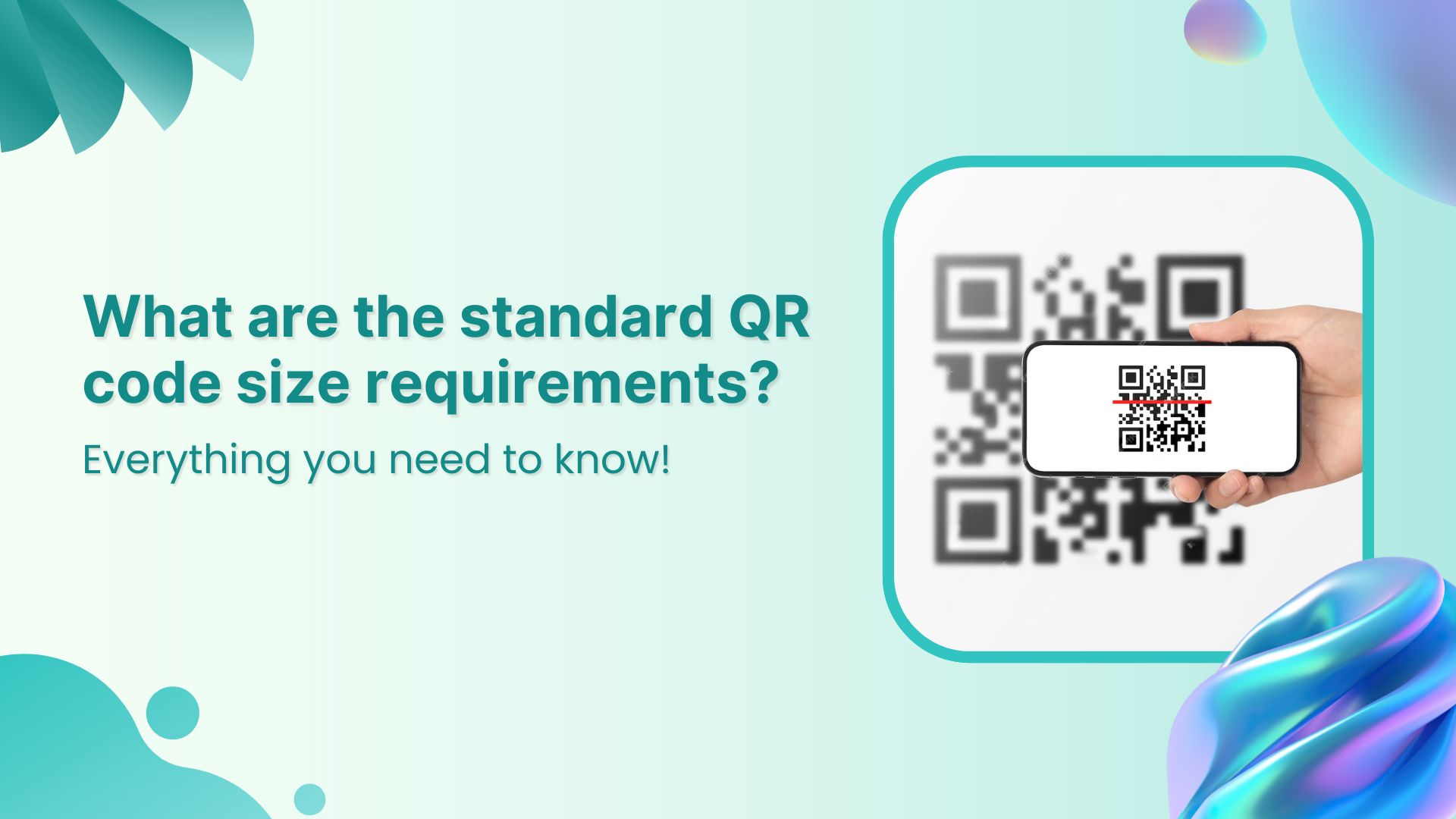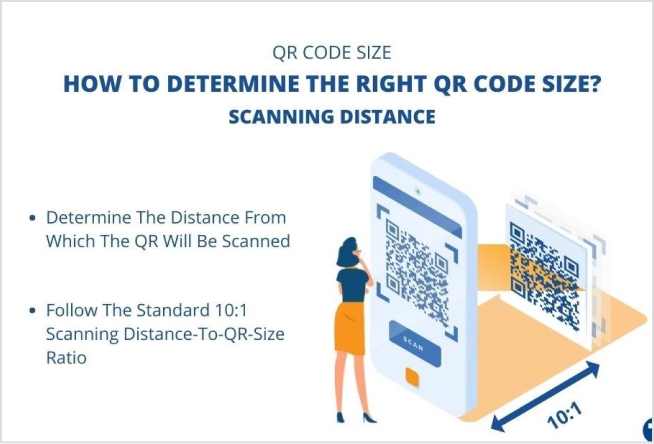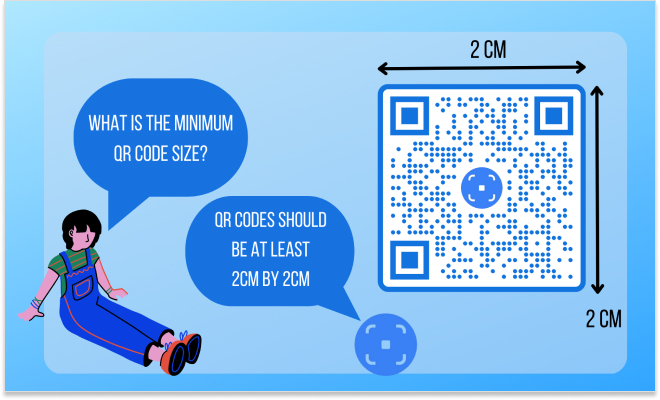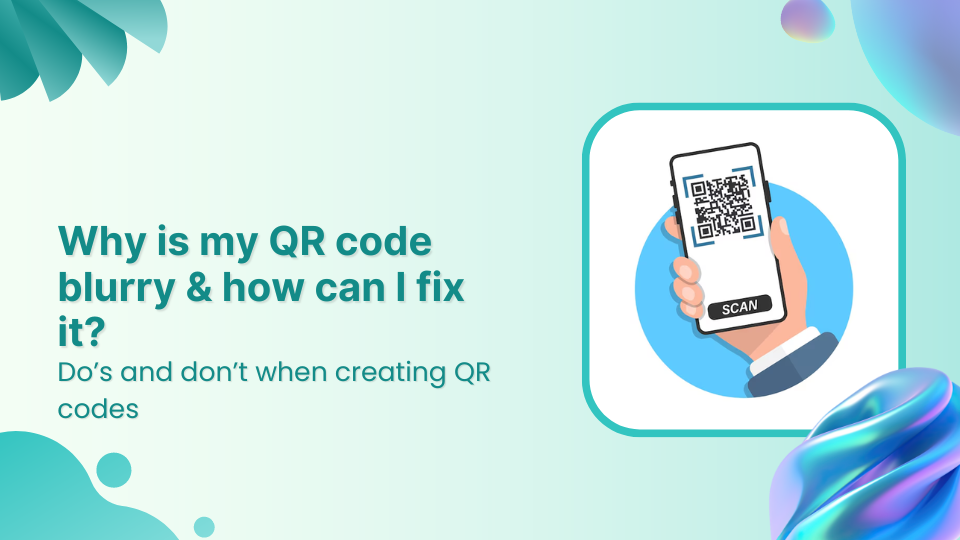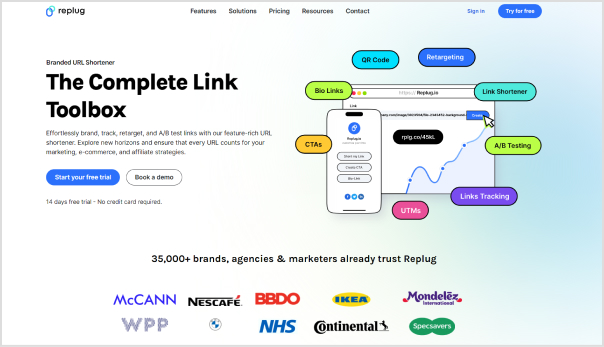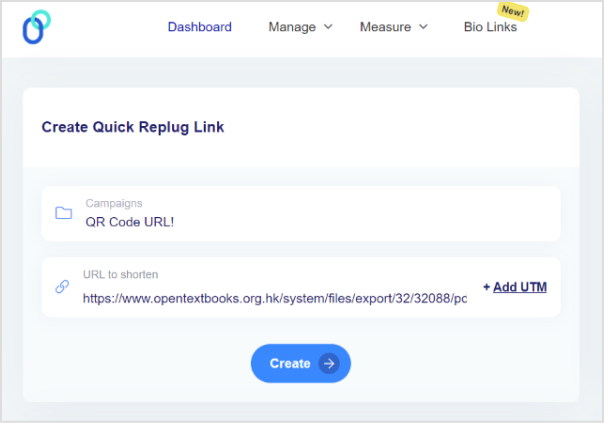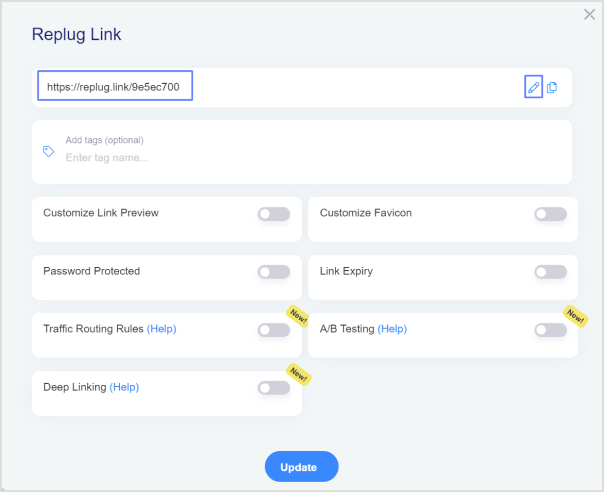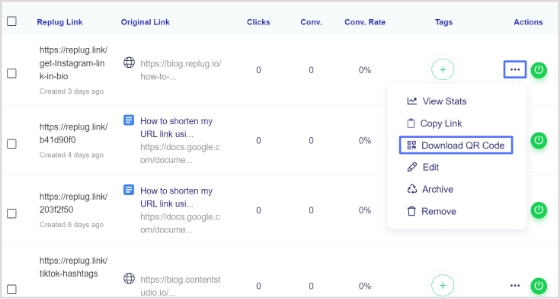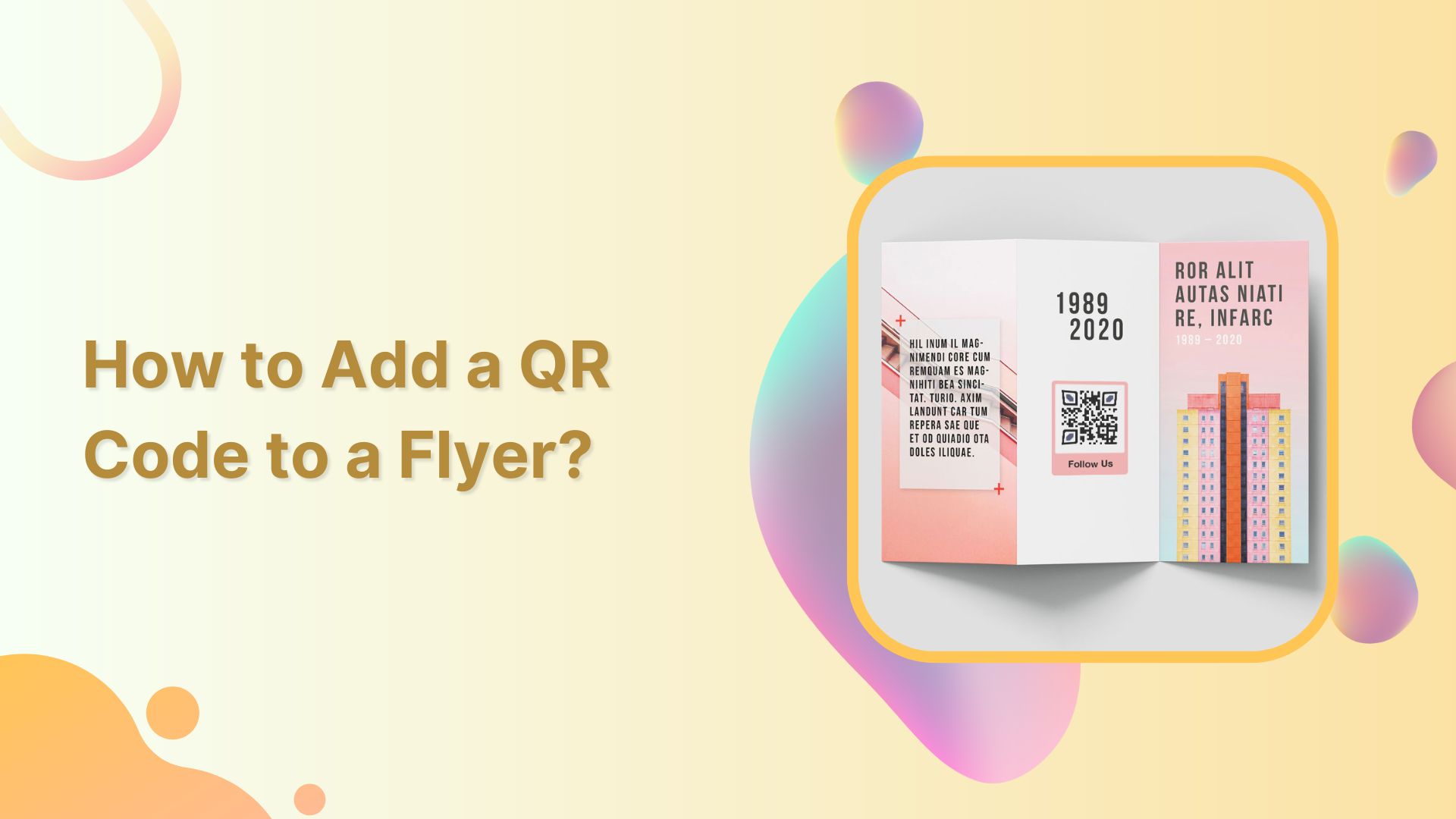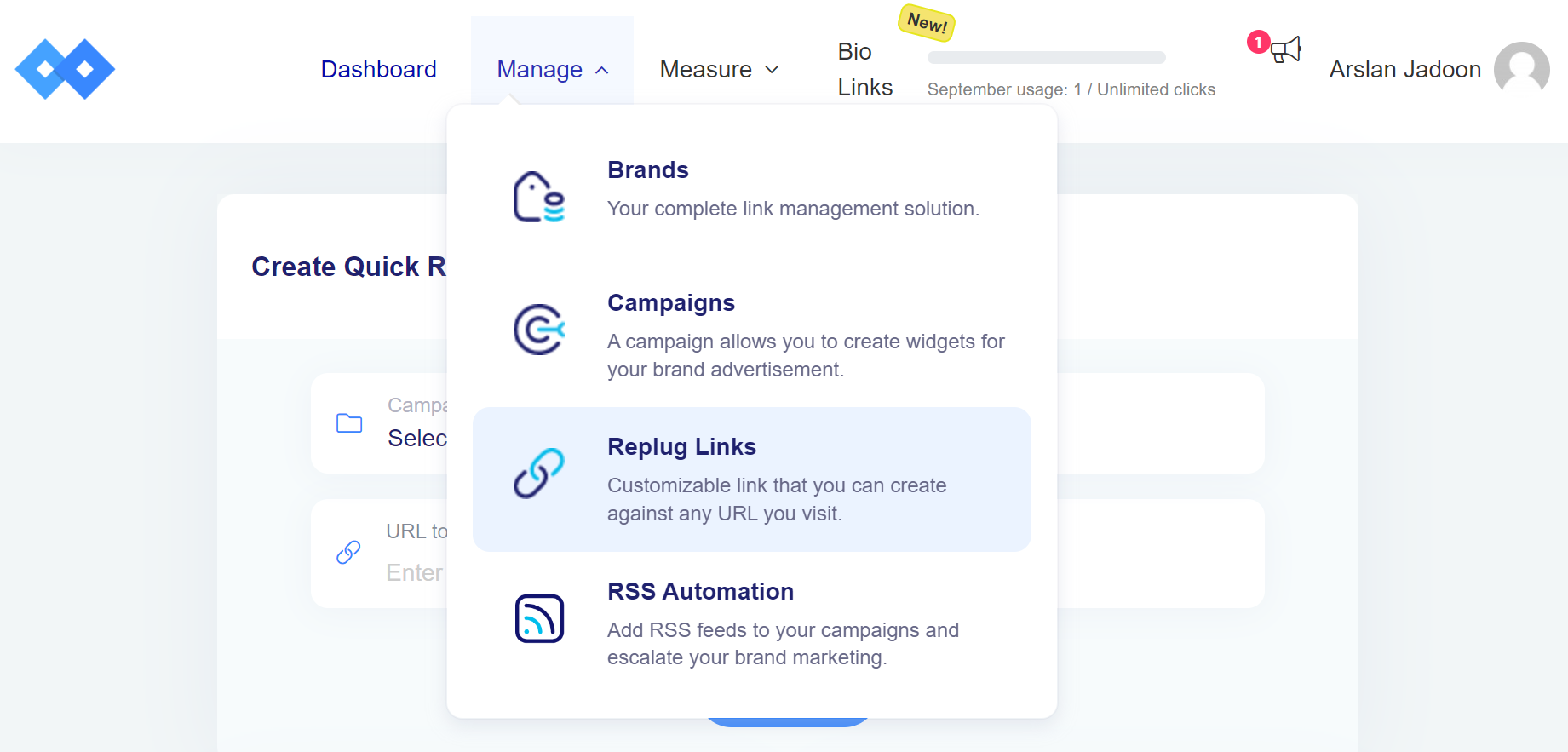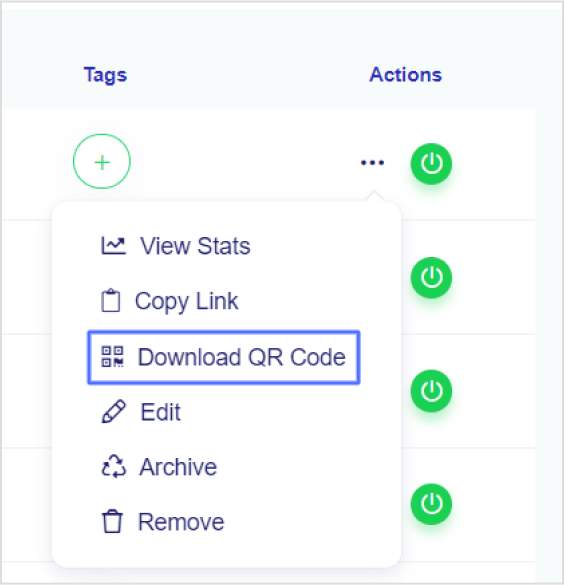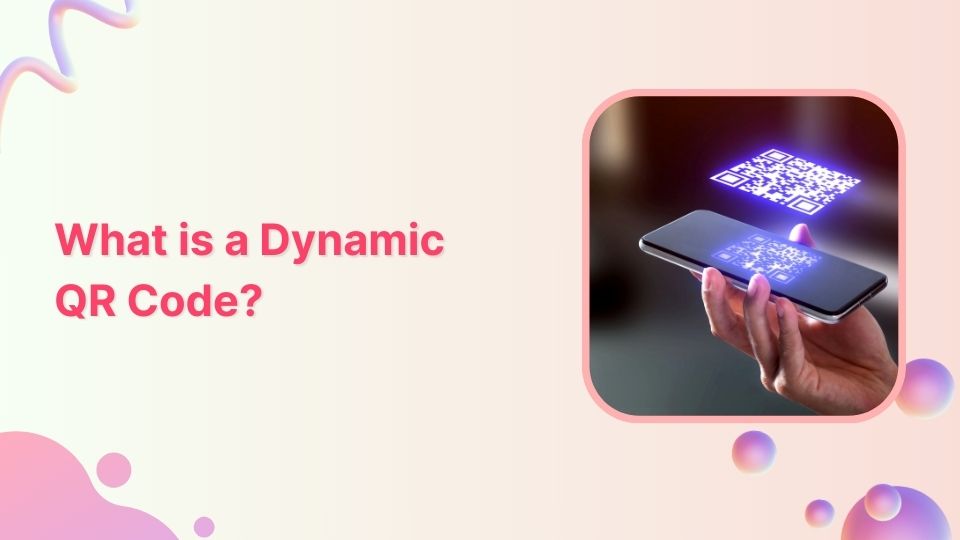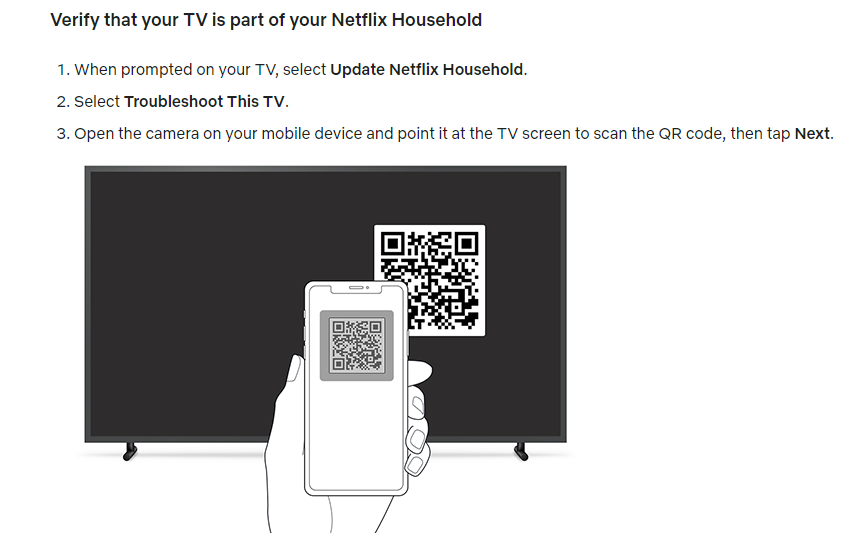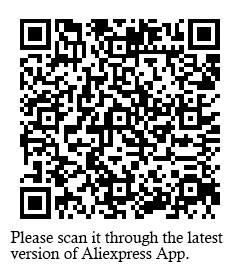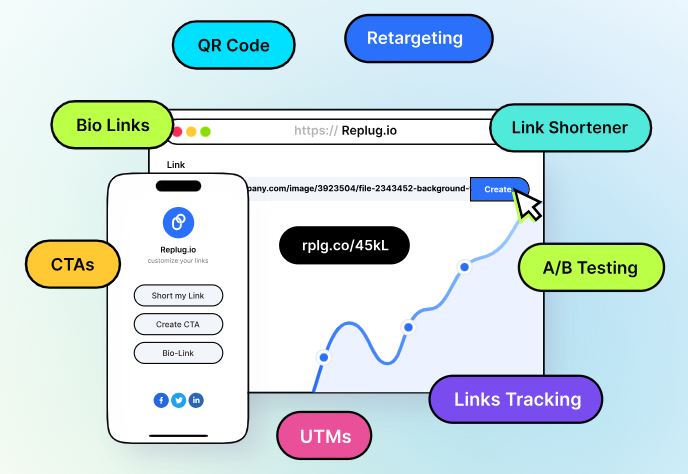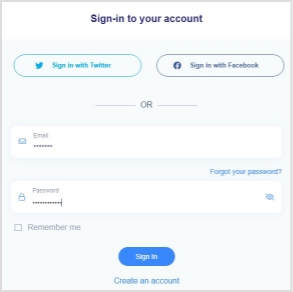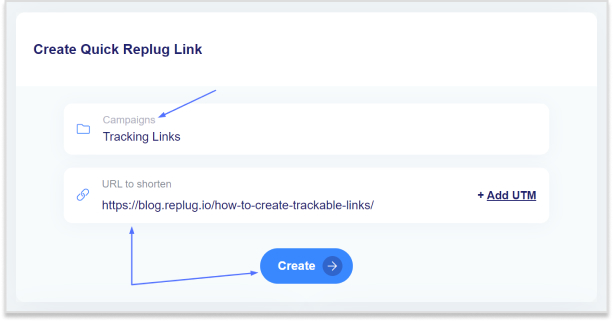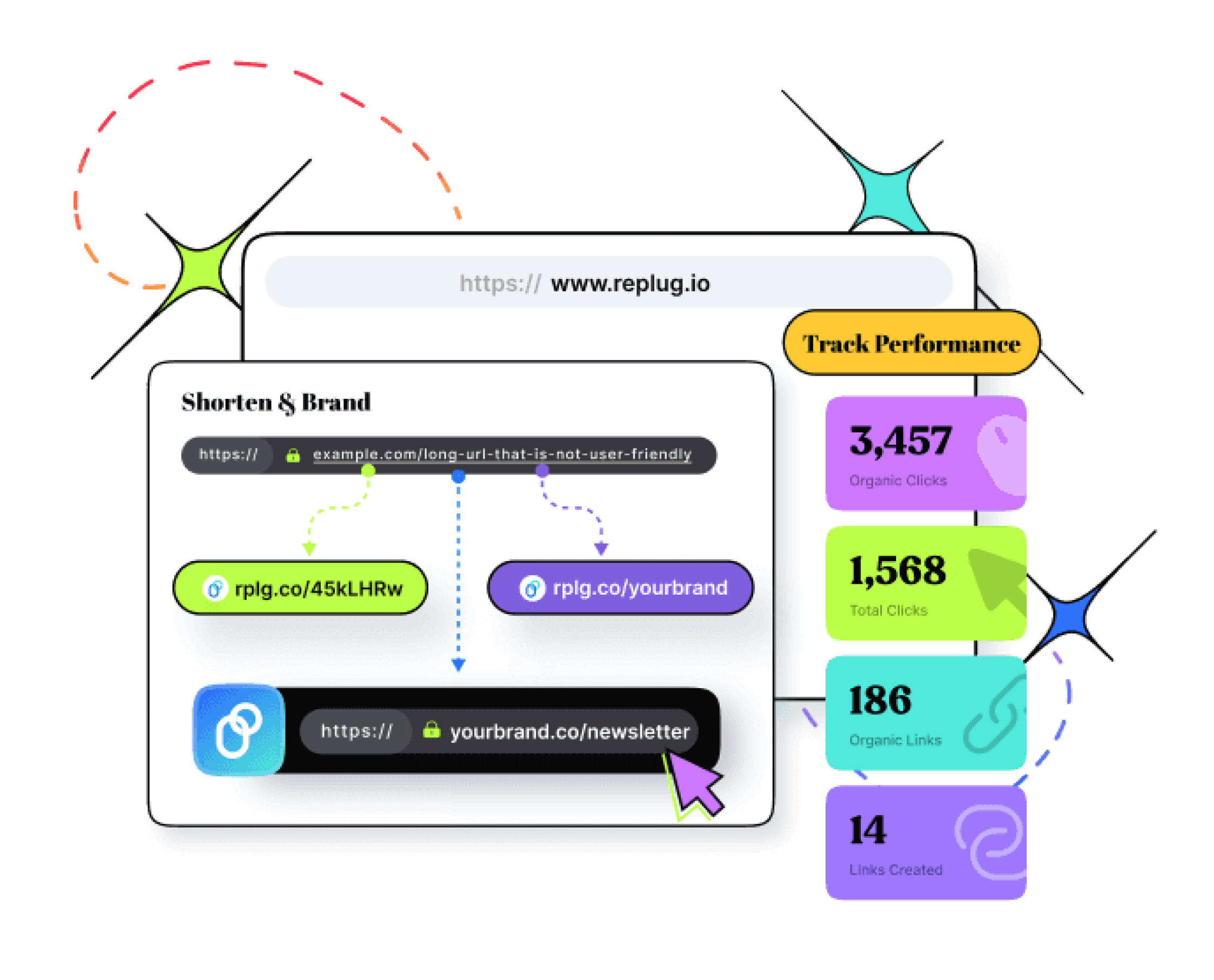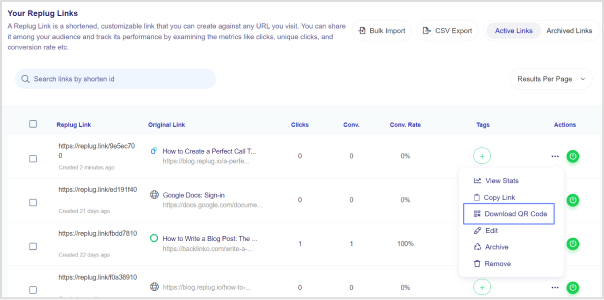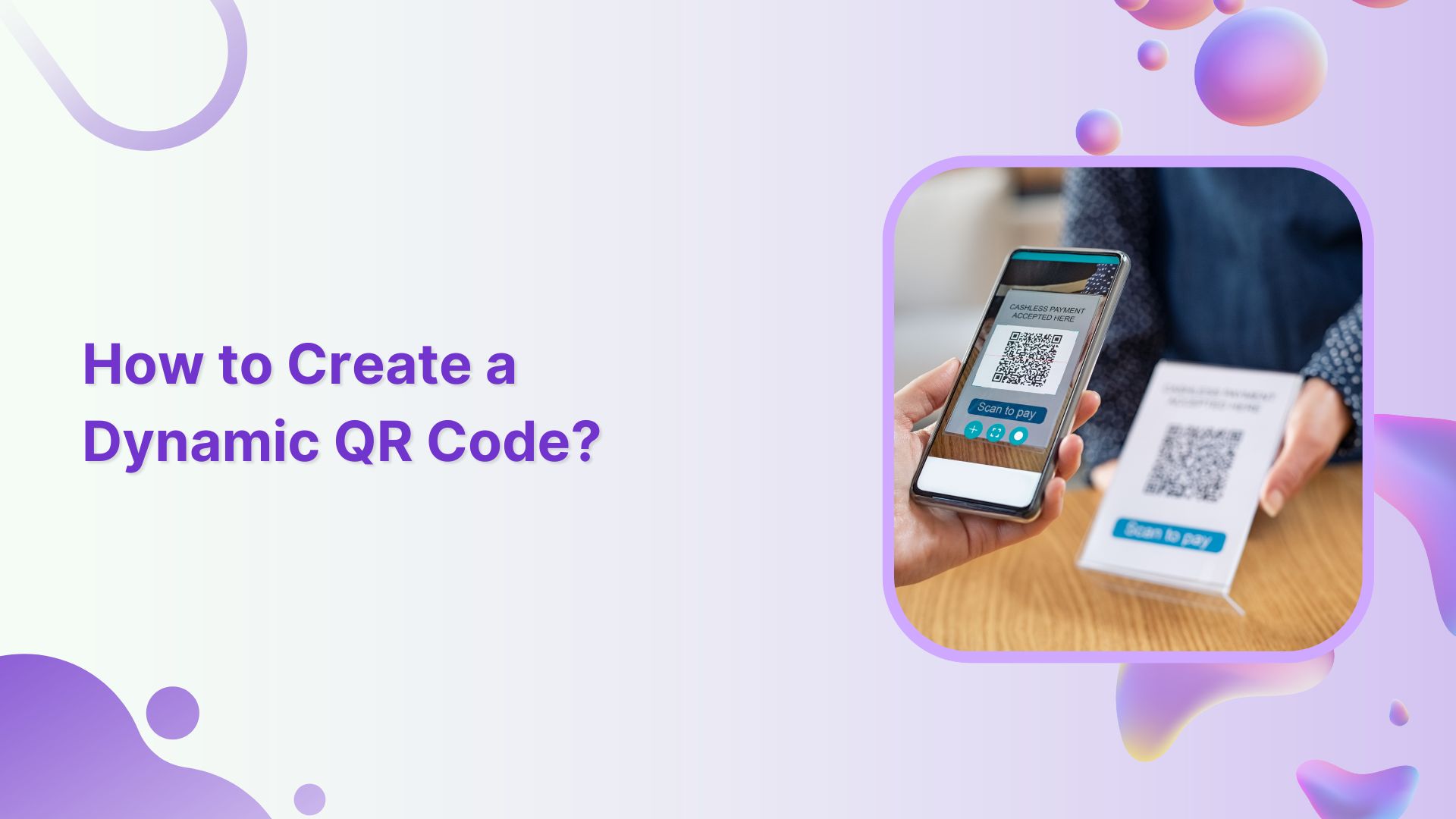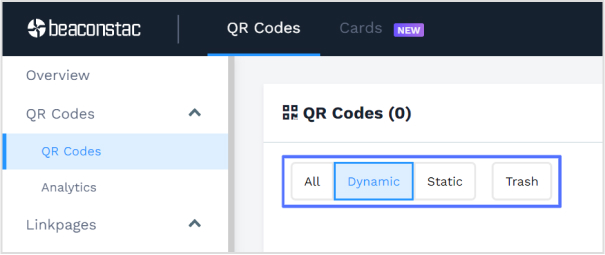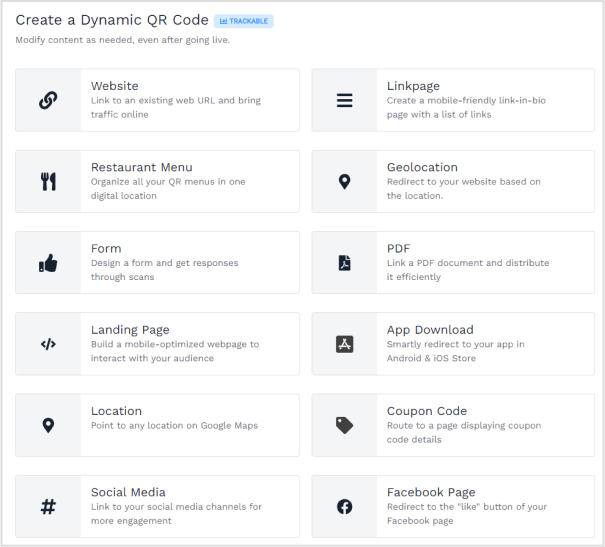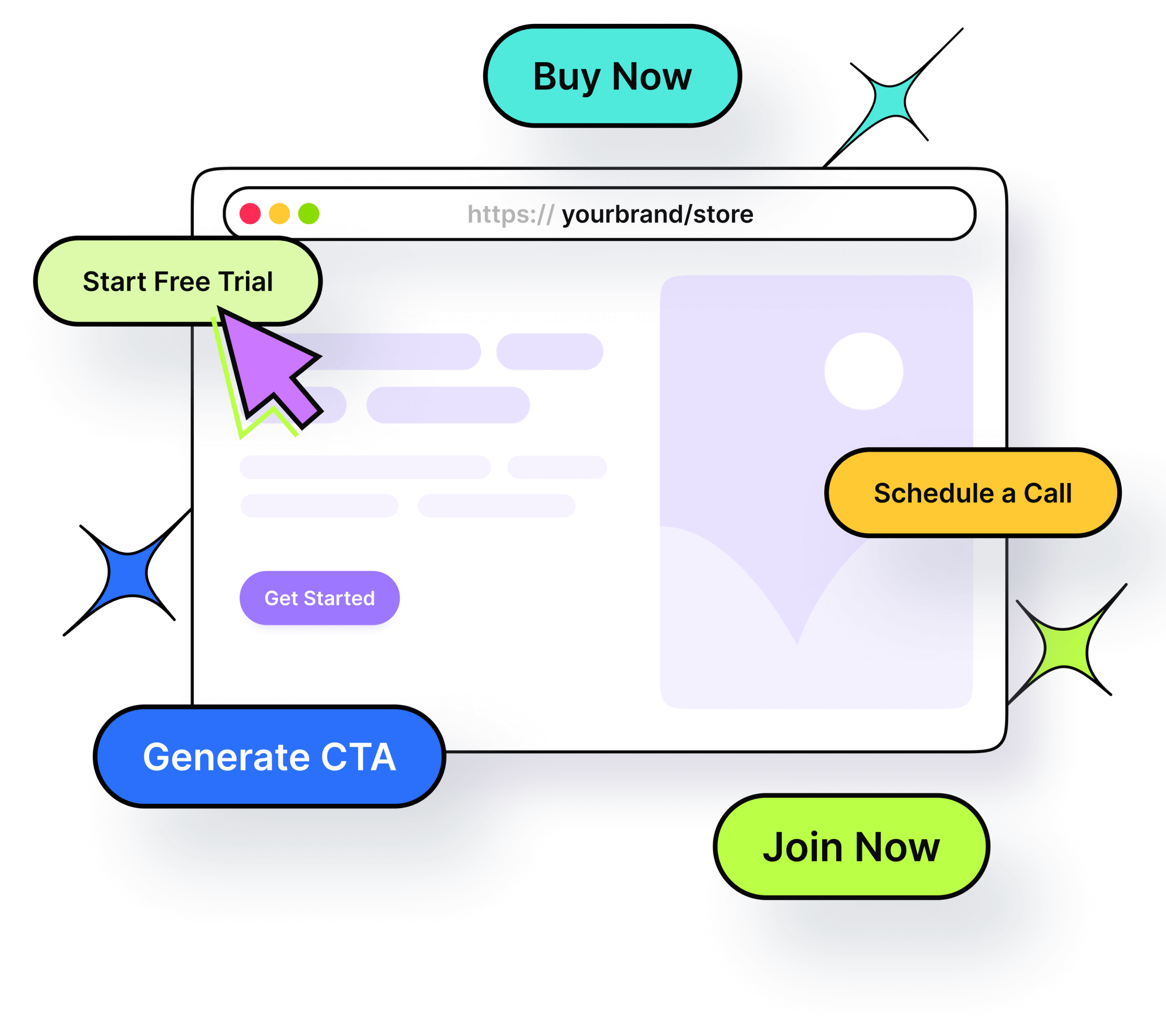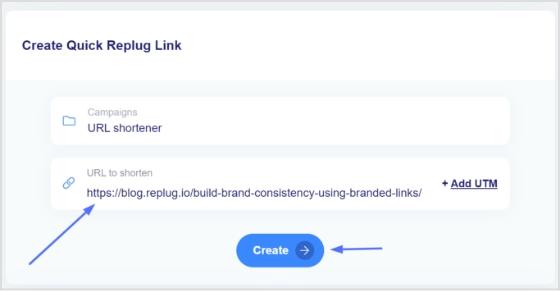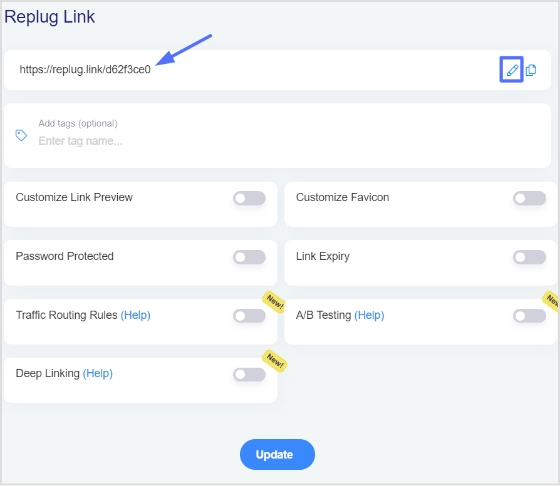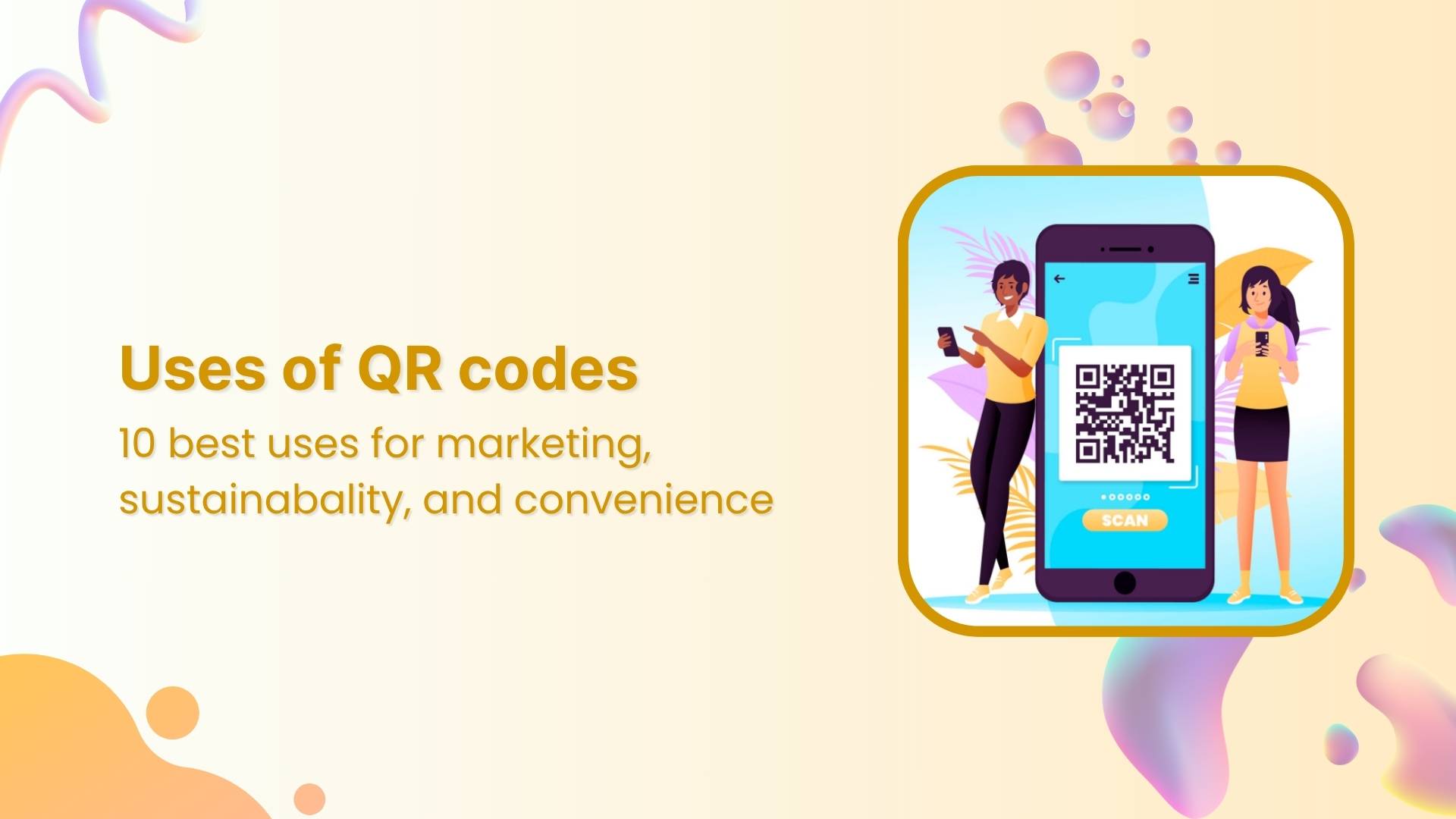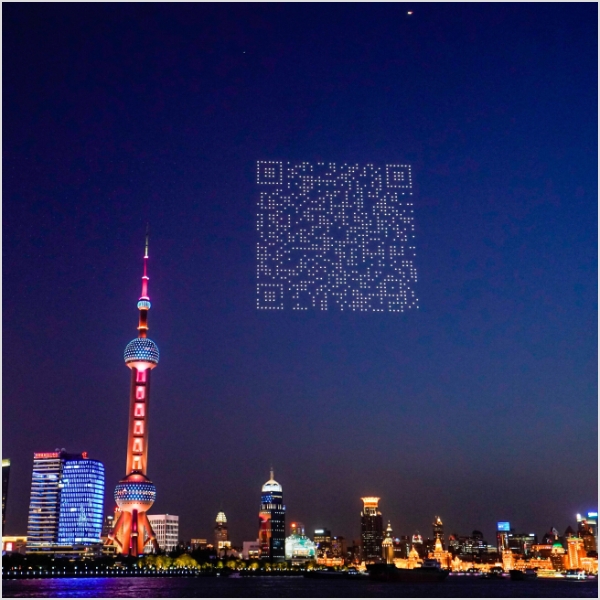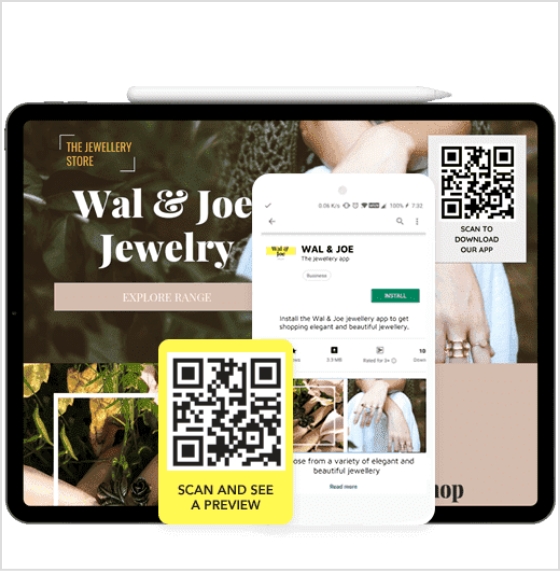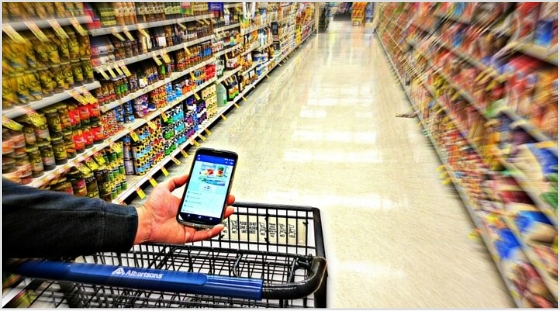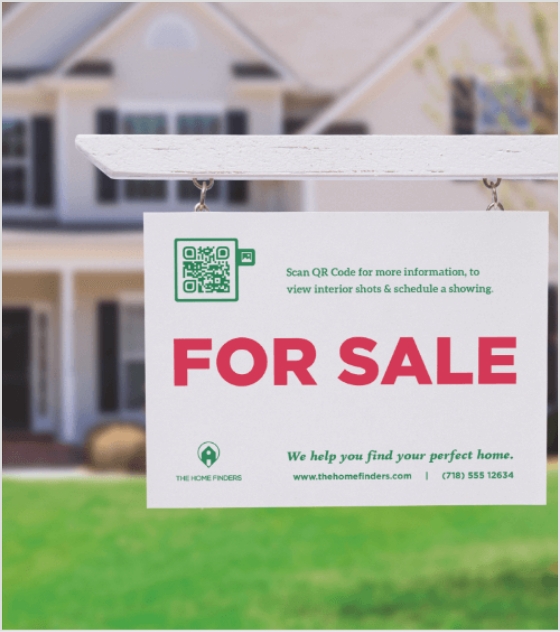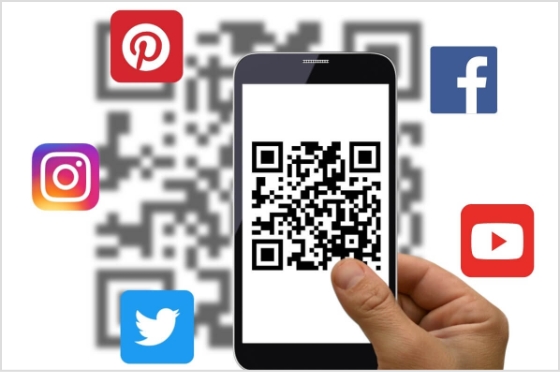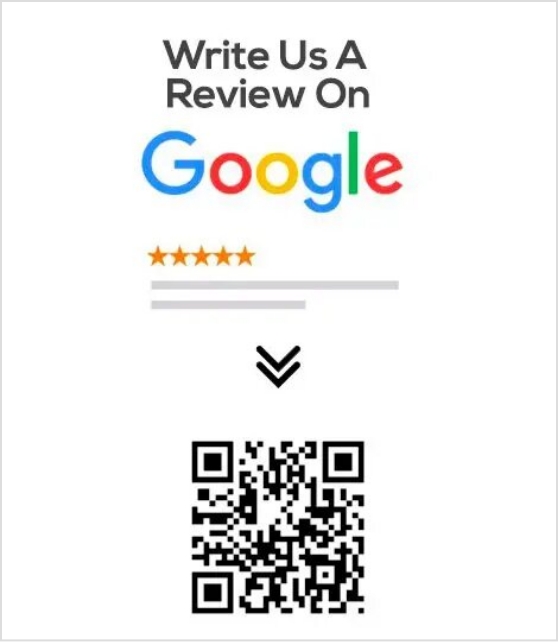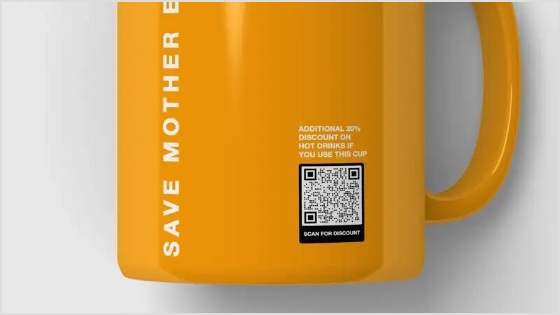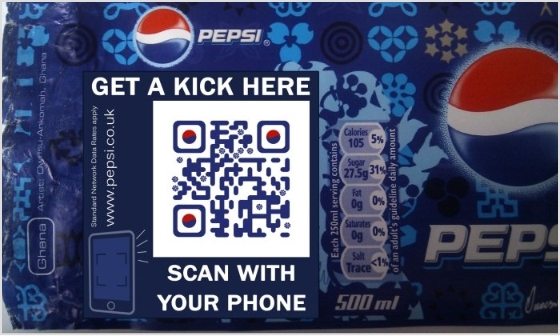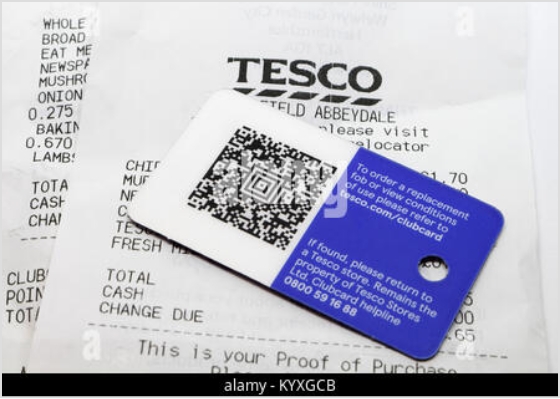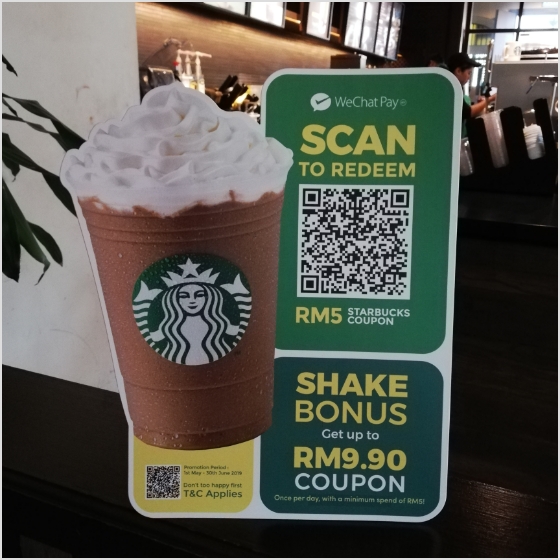Have you ever wondered if a small barcode could streamline your menu updates and boost guest satisfaction at the same time?
Over the past couple of years, QR code menus have gained massive popularity amongst restaurants, and this trend is increasing day by day. Due to the increased smartphone usage, these scannable squares are changing how diners access information and place orders. From simplifying operations to enhancing customer satisfaction, QR code advertising has revolutionized how menus are presented.
Before we discuss the benefits, creation, and uses of QR code menus, let’s take a step back and explore why QR codes have become a staple in the restaurant business.
The rise of QR code menus
What are QR code menus?
QR code menus are two-dimensional barcodes scanned with a smartphone, linking customers to digital menus and eliminating the need for physical ones.
While they gained popularity as a contactless solution during the pandemic, their benefits go beyond hygiene.
In today’s world, where diners prioritize convenience and customization, QR code menus combine technology with practicality, transforming menus into dynamic, interactive experiences.
Related: A Complete Guide To Use QR Code Marketing
Now that we’ve set the stage, let’s explore the top five benefits of using QR codes for restaurant menus.
5 benefits of using QR codes for restaurant menus
1. Enhanced hygiene and safety
Some diners worry about germs spreading through shared menus. QR code menus solve this by eliminating physical menus that change hands multiple times daily. Each table has a code that customers scan to view the menu on their device, offering a safer dining experience.
For example, Pizza Hut’s “Clean. Contactless. Safe” system uses tabletop QR codes, letting customers access menus on their smartphones. This approach not only promotes hygiene but also adds convenience.
Here’s another example of IHOP, the famous American multinational pancake house restaurant chain. They’ve also implemented QR code menus for a more hygienic experience:
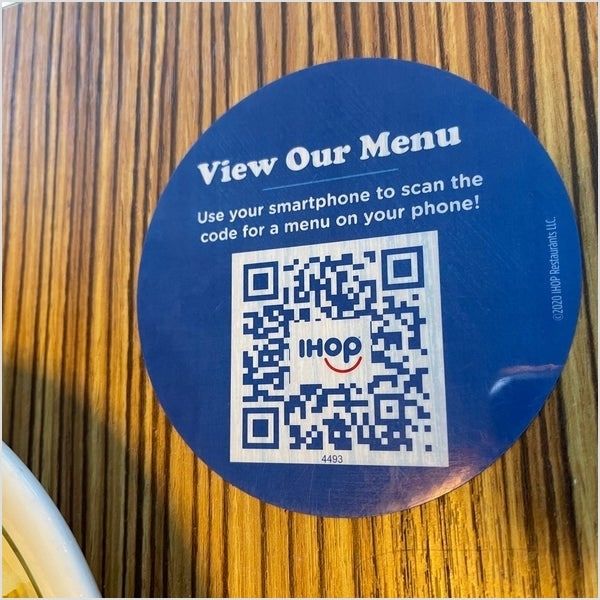
Staff also benefit from this approach. They can focus on clearing tables and attending to other tasks instead of constantly wiping down menus or distributing them multiple times per shift.
Pro Tip: Pair your QR code menus with digital payment options to create a fully contactless dining experience.
Related: Uses of QR Codes: Marketing, Sustainability & Convenience
2. Real-time updates and cost savings
Printed menus are costly and hard to update, especially with frequent changes. QR code menus solve this by allowing real-time updates for seasonal specials, price changes, or out-of-stock items—no reprinting needed.
This eco-friendly approach reduces paper waste and aligns with sustainability. For example, a café can update daily specials each morning using QR codes, ensuring customers always see the latest options hassle-free.
3. Improved customer experience
QR codes can connect customers to interactive digital menus featuring high-quality images, detailed descriptions, and pairing suggestions. For example, scanning a QR code at an Italian restaurant could reveal not only pasta options but also recommended wine pairings. These menus can include dietary filters, helping customers with allergies or specific preferences navigate with ease.
Language options further enhance accessibility, welcoming a diverse range of customers. Additionally, promotions like “happy hour pizza” deals can be seamlessly showcased, making digital menus a versatile and engaging tool for restaurants.
Bonus features to consider:
- Multilingual menus for international diners.
- Direct links to customer reviews or chef’s notes.
- Integration with loyalty programs for exclusive discounts.
- Promoting limited-time promotions and special deals
We absolutely love how McDonald’s uses QR codes in their marketing strategy. Here’s how they strategically used QR codes to engage customers with the Kartik Aaryan meal, offering interactive experiences and boosting brand loyalty:
Here’s another example of Taco Bell’s Laco Tacos QR code marketing:
4. Increased upselling opportunities
QR code menus provide a unique opportunity to upsell dishes and drinks. Unlike traditional menus, digital menus can showcase dynamic content such as promotional banners, combo deals, or chef’s specials that capture attention in real-time.
For example, when a customer views a dessert section, your QR code menu could pop up with a tempting “Pair this cake with our signature latte for just $2 more!” offer. These subtle nudges can significantly boost your revenue.
Related: How to use shortened URLs for marketing: 13 smart ways to leverage short URLs
5. Advanced analytics and insights
QR code menus offer valuable data. With tools like Replug, restaurant owners can track clicks on popular pages, campaign results, and peak menu scan times.
This feedback helps refine dishes, promotions, and inventory. For example, if an appetizer gets clicks but few orders, the description or photo can be adjusted. Real-time insights also prevent shortages, allowing owners to respond to trends effectively and align offerings with customer preferences.
How to create a QR code for menus using Replug?
Here’s how you can create QR codes for restaurant menus using Replug, i.e., your go-to custom url shortener.
Important note: Before getting started, ensure your digital menu is uploaded online. This will provide you with the URL needed to link to your QR code.
Step 1: Log in to your Replug account or sign up if you don’t already have one.
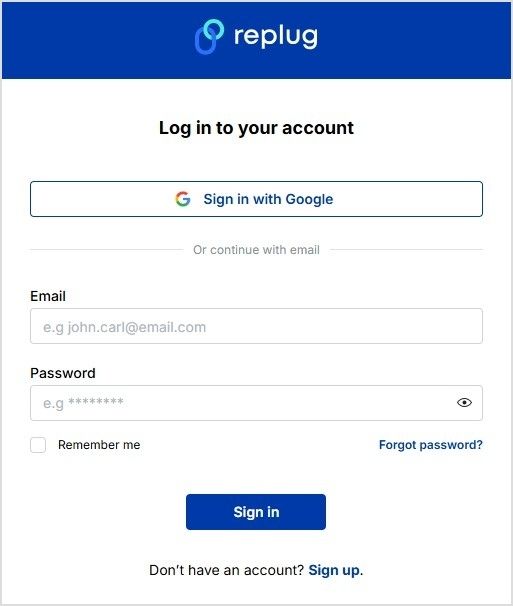
Step 2: Paste your menu URL into the field under “Quickly Shorten Your Link.”
Step 3: Once your link is shortened, you’ll see a QR code icon next to it. Click the icon to generate your QR code.
You can also create a custom URL by changing the short link slug so that when customers scan the QR code, they instantly recognize that the link leads directly to your restaurant’s menu. This boosts clarity and trust.
Step 4: Customize the QR code’s background and foreground colors to align with your branding and make it visually appealing.
Step 5: Test your QR code using your phone or tablet’s camera to ensure it works perfectly. Don’t skip this crucial step!
Step 6: Download your QR code in PNG or SVG format, and place it wherever you need, such as tables, walls, menus, or marketing materials.
Your QR code is now ready to make your menu more accessible and interactive.
The best part about using Replug for generating your QR codes is the ability to create dynamic QRs. This means you can update the link behind your QR code anytime without needing to print a new one, whether for special promotions, seasonal menu updates, or even changing the link to a new location!
Best practices for implementing QR code menus
If you’re ready to take advantage of the benefits of QR code menus, here are some tips to ensure their success:
- Clear placement: Make sure the QR codes are easily visible and accessible. Place them on tables, flyers, walls, or even your receipts!
- Mobile-friendly design: Ensure your digital menu is optimized for smartphones. A clunky or slow-loading menu can frustrate customers.
- Test for functionality: Regularly test your QR codes to ensure they work seamlessly and direct users to the correct menu.
- Train your staff: Educate your team on how to assist customers unfamiliar with QR codes. Using mentoring software can support this training by providing expert guidance to the team members.
- Add branding: Incorporate your logo or colors into the QR code design to make it visually appealing and aligned with your brand. This feature will soon be available in Replug.
Related: How to create a QR code using Replug?
Where can you use QR codes for menus?
QR codes for menus are incredibly versatile and can be utilized in various areas of your restaurant to enhance accessibility and convenience. Here are some practical placements to consider:
- On tables: Place QR codes on table tents or coasters, allowing diners to quickly scan and view the menu from their seats.
- At the entrance: Display a QR code at the entrance so customers can browse the menu while waiting to be seated.
- On walls or posters: A QR code on a prominent wall, poster, or digital signage can help streamline ordering for walk-in customers for casual or fast-casual setups.
- On takeout packaging: Include QR codes on your takeout bags or boxes, linking to your menu or a special offer to encourage repeat orders.
- In marketing materials: Add QR codes to flyers, coupons, or advertisements, letting potential customers preview your menu before visiting.
- On your website: Link your QR code to your website. This way, you can easily share menu updates without printing new copies and enhance customer experience.
Subway used QR codes on their coupons for footlong subs. By scanning the QR in-shop/app/online, the customer would get a footlong sub at a discounted price:
By strategically placing QR codes, you create multiple touchpoints for customers to engage with your restaurant, improving their overall experience while simplifying your operations.
The takeaway
QR code menus have revolutionized the dining experience, offering unmatched convenience, cost-effectiveness, and enhanced customer engagement. From improving hygiene to providing dynamic content and upselling opportunities, the benefits are too compelling to ignore.
Whether you’re a fine dining restaurant or a cozy café, integrating QR code menus is a smart move that caters to modern diner expectations.
Ready to make the switch? Start by designing a sleek, user-friendly QR code menu today, and watch as your restaurant thrives in the digital age!
FAQs for QR code menus
How do QR code menus improve restaurant efficiency?
QR code menus eliminate the need for physical menus, streamlining ordering and reducing staff time spent cleaning or distributing menus. Customers can access the menu directly on their phones, saving time.
Can QR code menus be easily updated with new items or prices?
Yes! QR codes link to a digital menu that can be updated in real-time. No need to print new copies. Simply update your menu online, and it’s automatically reflected.
How do QR code menus enhance the dining experience for customers?
QR codes offer interactive features like detailed descriptions, high-quality images, and language options, making it easier for customers to find what they want and enjoy a personalized experience.
How can Replug help restaurants optimize QR code menu tracking?
Replug provides data insights into which menu items are most clicked and viewed, helping restaurants fine-tune their offerings and promotions. You can track customer preferences and make informed decisions for better engagement.
